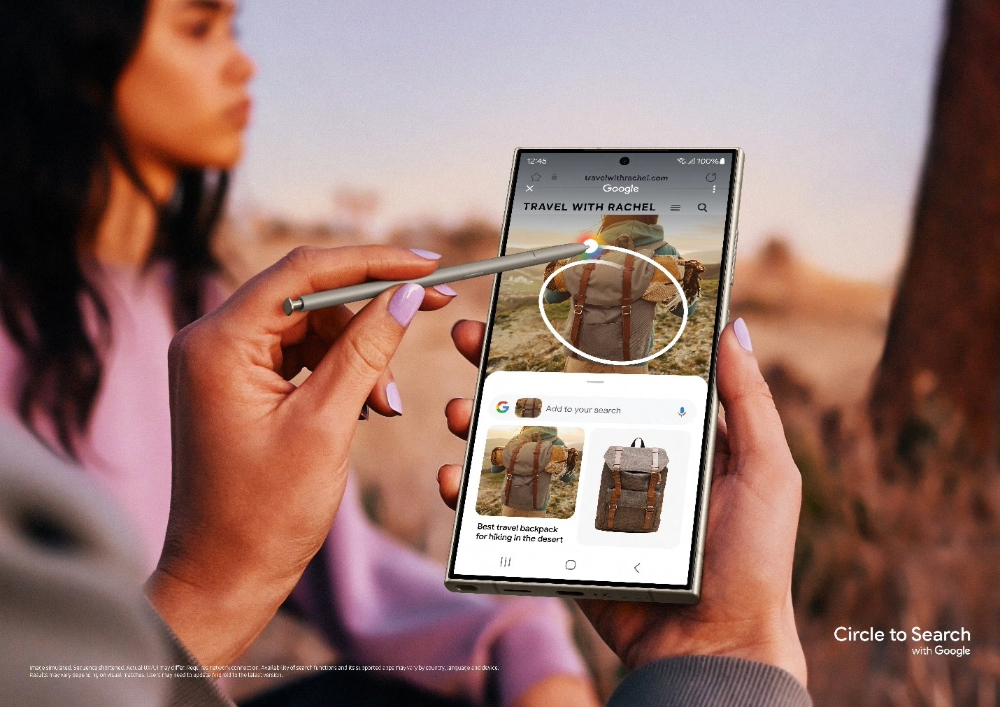Decoding the Future The Ubiquitous Rise of QR Codes
In a world where digital connectivity is paramount, QR codes have emerged as silent conduits bridging the physical and digital realms. Initially designed in the 1990s for tracking parts in the automotive industry, Quick Response (QR) codes have evolved into versatile tools that permeate various aspects of our daily lives. In this blog, we will delve into the fascinating world of QR codes, exploring their origins, applications, and the impact they have on businesses and individuals in the 21st century.
Understanding QR Codes:
1. Origins and Evolution: QR codes were invented by Masahiro Hara, an engineer at Denso Wave, a subsidiary of Toyota, in 1994. Initially used for inventory tracking, these two-dimensional barcodes gained popularity due to their high data capacity and quick readability. Over the years, QR codes have evolved, becoming a ubiquitous feature in advertising, marketing, and everyday transactions.
2. How QR Codes Work: Unlike traditional barcodes, QR codes store information both horizontally and vertically, allowing them to hold much more data. The distinct square pattern of black squares on a white background can be scanned by a smartphone camera, decoding the information encoded within. This simplicity and efficiency have contributed to their widespread adoption.
Applications of QR Codes:
1. Contactless Transactions: The global shift towards contactless interactions has propelled QR codes into the forefront of payment methods. Mobile payment apps, such as Apple Pay and Google Pay, utilize QR codes for secure and convenient transactions. Restaurants, retailers, and service providers now commonly display QR codes for seamless payment processes.
2. Marketing and Advertising: QR codes have become integral to marketing strategies, offering a direct link between print and digital media. Advertisers use QR codes on posters, brochures, and product packaging to lead consumers to websites, promotions, or additional content. This interactive approach enhances customer engagement and facilitates instant information access.
3. Digital Menus and Information Access: In the wake of the COVID-19 pandemic, QR codes found a new purpose as touch-free menus in restaurants and information hubs in public spaces. Scanning a QR code on a table or display provides patrons with access to menus, promotional videos, or detailed product information, reducing physical contact.
4. Event Ticketing and Boarding Passes: The days of physical tickets and boarding passes seem numbered as QR codes take center stage in the world of events and travel. Attendees and travelers can simply scan their QR codes from their smartphones for entry, eliminating the need for paper tickets and streamlining access control processes.
5. Product Authentication and Traceability: QR codes play a vital role in product authentication and traceability. Consumers can scan codes on products to verify authenticity and access detailed information about the item’s origin, manufacturing date, and other relevant details. This transparency is particularly crucial in industries like pharmaceuticals and luxury goods.
The Future Landscape:
1. Integration with Augmented Reality (AR): The marriage of QR codes and augmented reality is an exciting frontier. By combining QR codes with AR technology, users can unlock immersive experiences, such as interactive 3D content or virtual tours. This synergy is poised to redefine how we engage with information and digital content.
2. Enhanced Security Measures: As QR codes become more deeply embedded in sensitive transactions and identity verification processes, advancements in security measures will be paramount. Expect to see the integration of encryption technologies and biometric authentication to fortify the security of QR code-based systems.
3. Continued Innovations in Marketing: Marketing professionals will continue to push the boundaries of creativity with QR codes. Dynamic QR codes, which allow for real-time content updates, and design customization will be increasingly utilized to capture consumer attention and deliver dynamic, personalized content.
4. Global Standardization: With the increasing global reliance on QR codes, efforts toward standardization will likely intensify. Establishing universal practices and guidelines ensures a consistent user experience and facilitates seamless cross-border transactions.
Conclusion:
In a digital landscape where efficiency and connectivity reign supreme, QR codes stand as versatile gateways, effortlessly connecting the physical and digital worlds. From contactless payments to interactive marketing experiences, the journey of QR codes is far from over. As we navigate the future, these unassuming black-and-white squares will undoubtedly continue to leave an indelible mark on how we access and interact with information in our everyday lives. Embrace the QR code revolution – your next adventure might just be a scan away.







